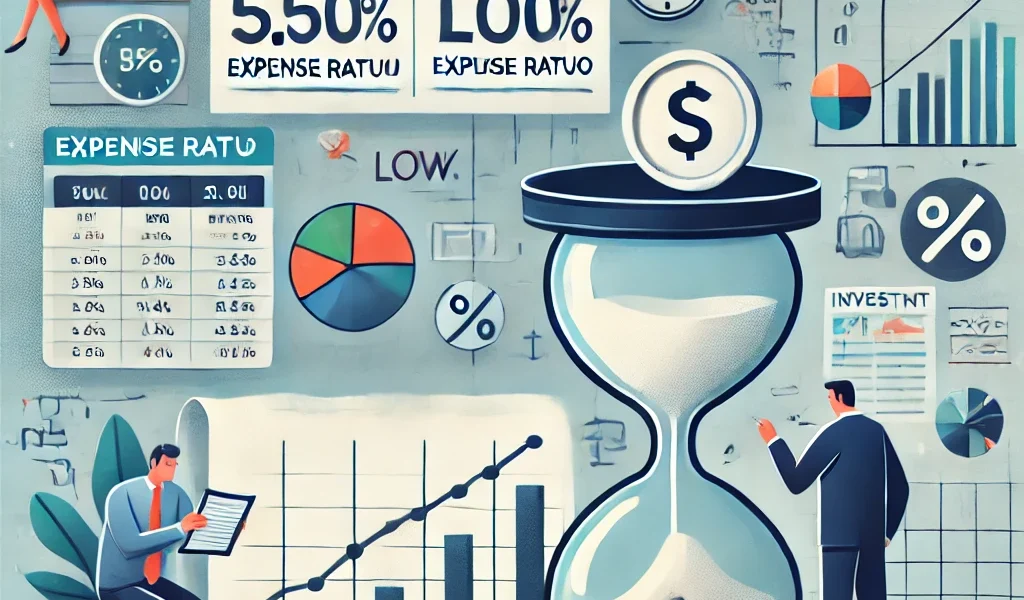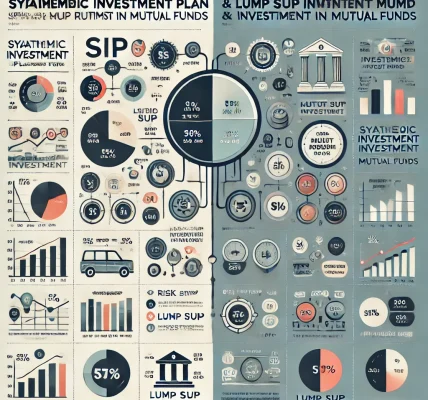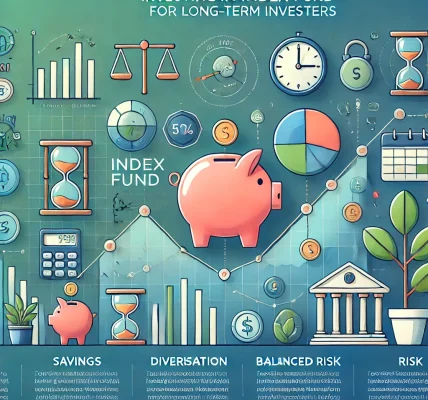Introduction
When investing in mutual funds, most investors focus on returns, risk, and past performance. However, an often-overlooked factor that significantly affects your returns is the expense ratio. This cost can make a substantial difference in your overall profits over time.
In this guide, we’ll explain what the expense ratio is, how it impacts your investments, and why it’s crucial for you to consider before choosing a mutual fund.
What Is Expense Ratio in Mutual Funds?
The expense ratio is the annual fee charged by mutual fund companies to manage your investments. It is expressed as a percentage of the total assets under management (AUM) and includes various costs such as:
- Fund management fees – The cost of professional fund managers who oversee investments.
- Administrative expenses – Office operations, record-keeping, customer service, etc.
- Marketing and distribution fees – Costs associated with promoting the fund.
- Other operational costs – Legal, auditing, and compliance fees.
For example, if a mutual fund has an expense ratio of 1.5%, it means that ₹1,500 is deducted annually for every ₹1,00,000 invested in the fund.
How Expense Ratio Impacts Your Returns
The expense ratio directly affects your net returns. A high expense ratio can reduce your gains, especially over the long term.
Illustration of Expense Ratio Impact
| Investment Amount | Expense Ratio | Expected Annual Return | Net Return After Expenses |
|---|---|---|---|
| ₹1,00,000 | 1.5% | 12% | 10.5% |
| ₹1,00,000 | 0.5% | 12% | 11.5% |
Even a 1% difference in expense ratio can lead to a huge variation in returns over time due to compounding effects.
Types of Mutual Funds Based on Expense Ratio
Different types of mutual funds have varying expense ratios. Understanding these differences can help you select a cost-effective investment.
1. Actively Managed Funds
- These funds involve frequent buying and selling of securities.
- Fund managers aim to outperform the market, which leads to higher expenses.
- Typical Expense Ratio: 1% – 2.5%
2. Passively Managed Funds (Index Funds & ETFs)
- These funds replicate market indices (e.g., NIFTY 50, SENSEX) rather than relying on fund managers.
- Since transactions are minimal, they have lower expense ratios.
- Typical Expense Ratio: 0.1% – 1%
3. Direct Plans vs. Regular Plans
- Direct Plans: Investors buy directly from the AMC, avoiding distributor commissions. These plans have a lower expense ratio.
- Regular Plans: Sold through intermediaries, leading to a higher expense ratio due to commission charges.
Verdict: If you are comfortable investing on your own, go for Direct Plans to save on costs.
How to Evaluate a Mutual Fund’s Expense Ratio
To ensure you choose a cost-efficient mutual fund, follow these steps:
1. Compare Expense Ratios Across Similar Funds
For example, if you are choosing an equity mutual fund, compare its expense ratio with similar equity funds to ensure you are getting the best deal.
2. Check the Fund’s Performance vs. Expense Ratio
- A higher expense ratio is justified if the fund consistently outperforms the market.
- If two funds have similar returns but one has a lower expense ratio, opt for the lower-cost option.
3. Look for Expense Ratio Trends
- If a fund has been increasing its expense ratio, it might be a red flag.
- Stick with funds that maintain a stable or declining expense ratio over time.
How to Reduce the Impact of Expense Ratio on Your Investments
- Choose Low-Cost Index Funds or ETFs – These have minimal management costs and provide steady returns.
- Opt for Direct Plans – Avoid commission charges by investing directly with the mutual fund company.
- Invest in High-Performing Funds – A higher expense ratio may be worth it if the fund consistently beats the market.
- Diversify Between Active and Passive Funds – This balances cost efficiency and potential high returns.
Common Myths About Expense Ratios
1. Higher Expense Ratio Means Better Returns
Not necessarily! Some funds with lower expense ratios outperform high-cost funds due to efficient management.
2. Expense Ratio Doesn’t Matter for Small Investments
Even if you invest small amounts, costs add up over time. The longer you invest, the bigger the impact.
3. Only Actively Managed Funds Are Worth Investing In
Many index funds and ETFs with lower expense ratios provide returns equal to or better than actively managed funds.
Conclusion: Why Expense Ratio Matters
The expense ratio might seem like a small percentage, but it has a big impact on your returns over time. Choosing funds with reasonable costs ensures that more of your money stays invested and grows efficiently.
Final Tips:
- Always compare expense ratios across similar funds before investing.
- Prefer Direct Plans over Regular Plans to save on commission fees.
- Consider low-cost Index Funds or ETFs for long-term investing.
By keeping an eye on the expense ratio, you can maximize your returns and grow your wealth efficiently. Happy Investing!




